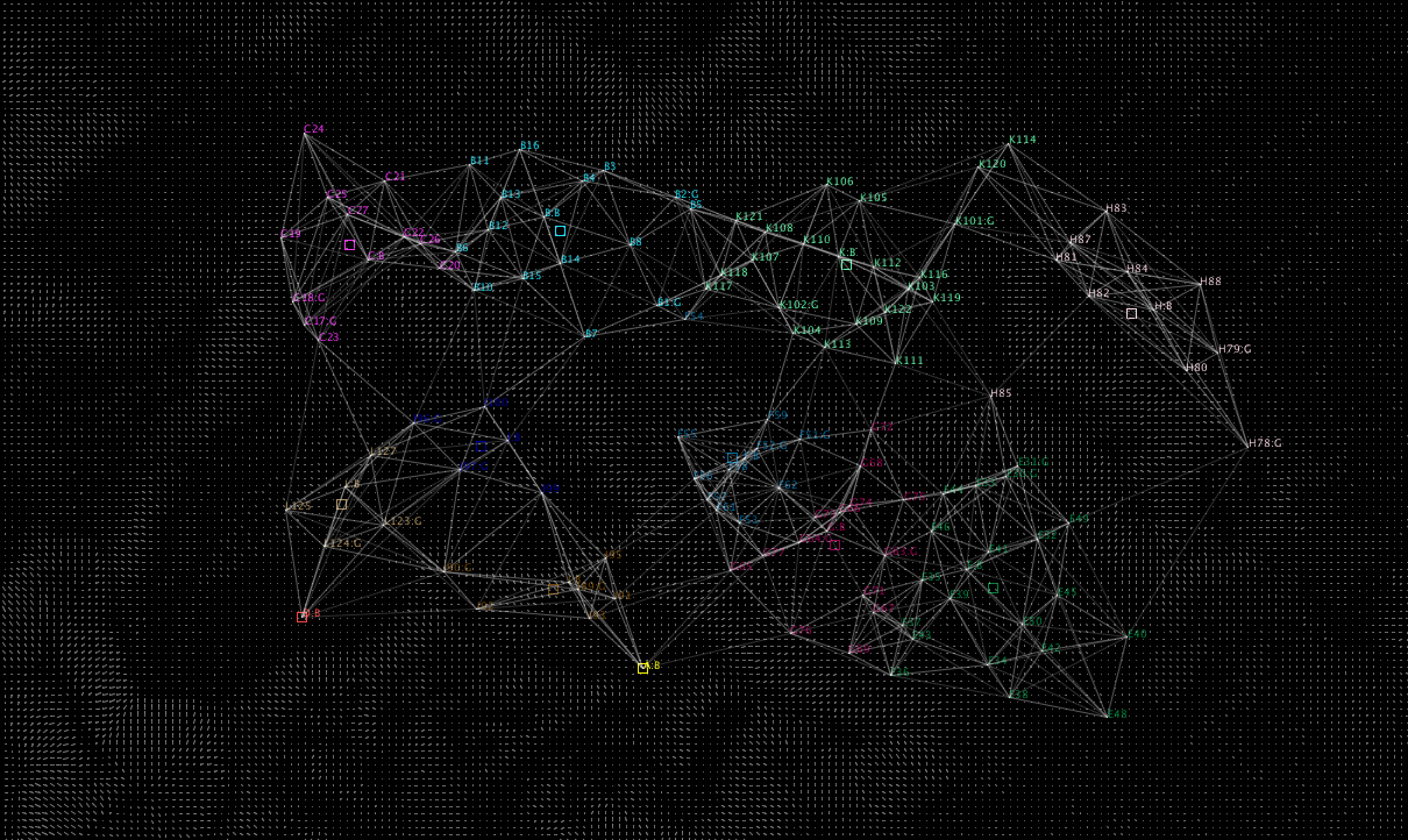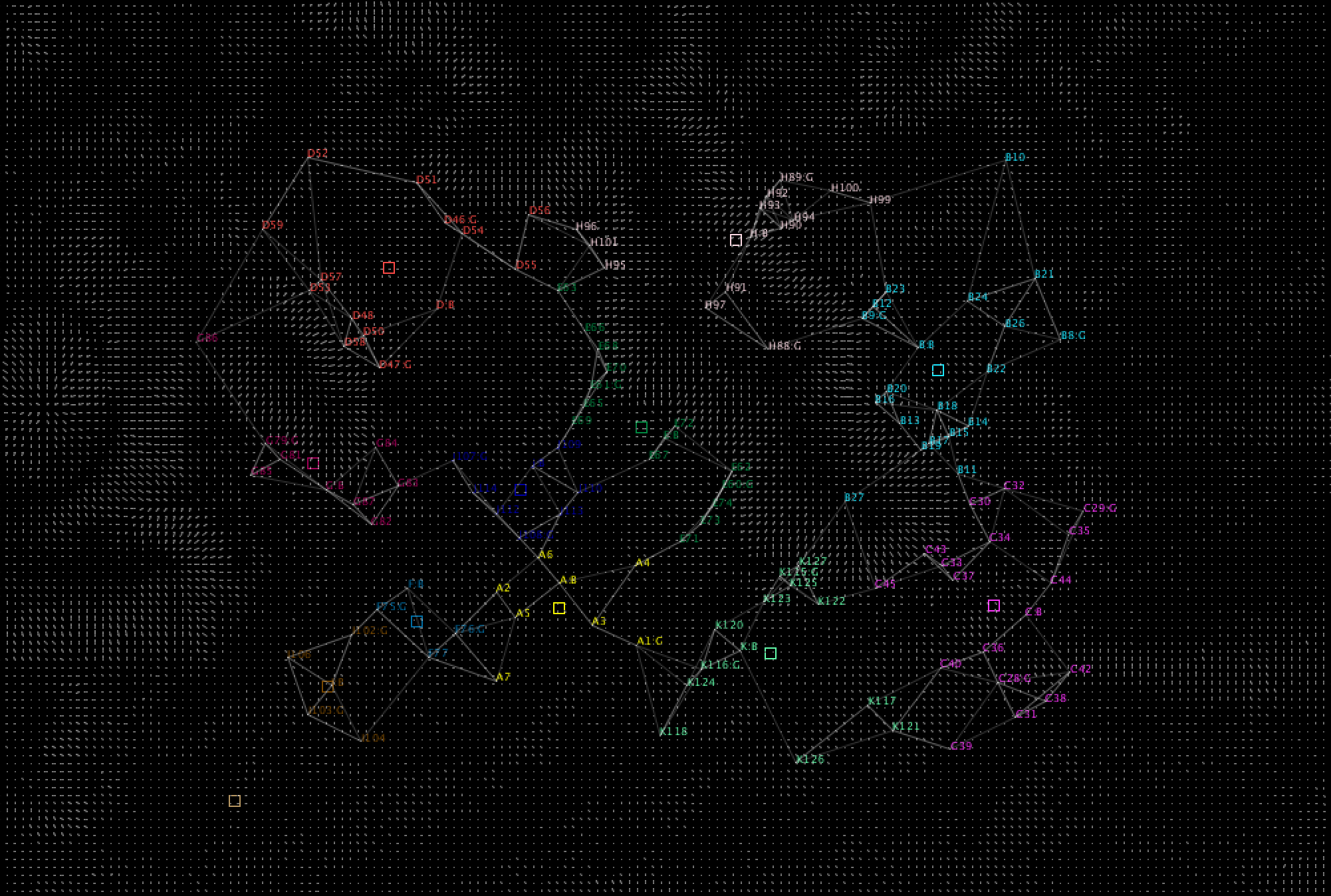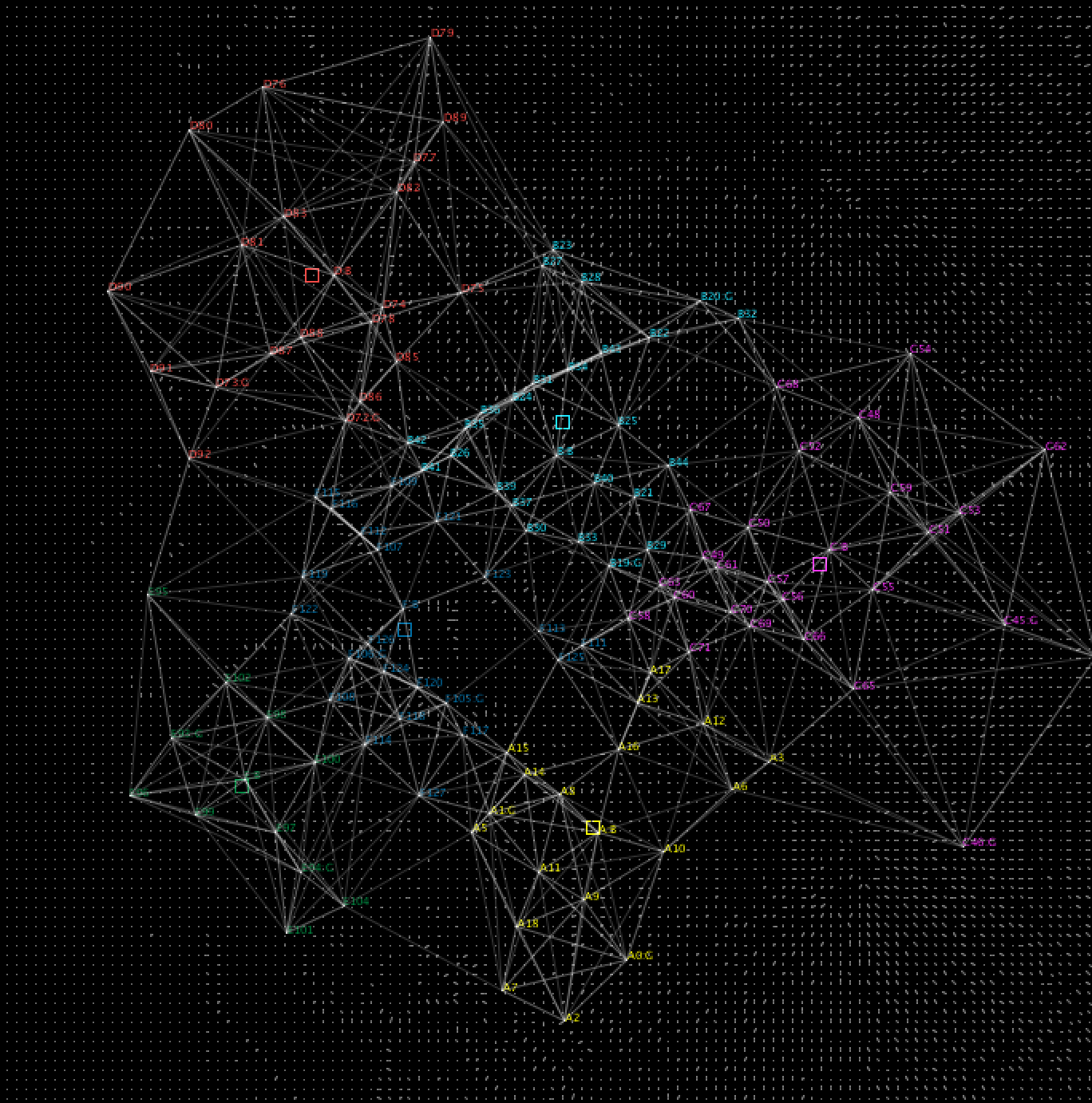← projects

Campsite Generator
In the spring of 2020, our senior studio class was tasked with designing a campsite/waystation for the contemporary American nomad. The facility would be sited on the coast of the Salton Sea in Southern California’s Sonoran Desert. During the winter months, it would provide a temporary home and accommodations for a subset of people who, by choice or by circumstance, live in their vehicle and travel year-roundto work temporary jobs. These individuals, predominantly white and retirement-aged, make up a small portion of the roughly 10 million Americans who lost their homes and savings during the 2008 recession.
The proposal outlined here seeks to address three essential needs:
- Flexibility: nomads and nomadic communities travel vast distances and require multiple stopping points in many locations. The design of a single waypoint must therefore consider and adapt to the landscape of a specific site, while an organizational scheme should remain generalizable and applicable to many.
- Scalability: the population of people using this site will change in size over a time period of days, months, and years. A design must facilitate scaling up and scaling down of a campsite in order to accommodate all residents while minimizing waste.
- Replicability: as housing prices nationwide continue to skyrocket and the social safety net continues to fall short for individuals of all demographics, the population of American nomads is likely to grow. The design for one waypoint should look forward to a future where they are ubiquitous.
In order to address these concerns, this project comprises two loosely connected systems operating at distinct scales, united by the theme of universality. Shown here is the first: an algorithmic approach to campsite generation that accepts a set of input parameters and produces a proposal for a campground organization in plan. The second, viewable [here] is an impermanent framing and platform system that interfaces with a car/van and extends the living space of a camper.

Both systems are meant to be deployed in a variety of environmental and social contexts. And, while these systems complement each other, each is intended to function separately. In this way, they can be considered ‘blocks,’ fitting in when appropriate to help build a style of temporary housing and community that meets the needs of the 21st-century nomad.
An algorithm is used to assist design at the local and regional scale. The program takes a set of defined input parameters and uses an iterative process to generate the site layout and optimize a set of attributes. Parameters that the user can specify include inputting different site topographies as well as varying the number of total campsites, the number of camps in a segment, and the number of special facilities (guest campsites, bathrooms, artist meeting spaces...) per segment.
The algorithm uses an iterative function to repeatedly evaluate and evolve the current campsite network. At each timestep, nodes consider underlying terrain and the distance to and the direction of their closest n neighbors to calculate a corresponding movement. In this way, the behavior and form of the campsite mimic those commonly found in nature.
To avoid problems of overcrowding, isolation, and placement on unsuitable terrain, the growth function seeks to establish a near-constant node-node distance and node density within a region, while minimizing node slope with respect to the underlying site topography. After a defined number of iterations, the layout is then segmented. Several clusters are generated, each encompassing roughly the same number of nodes. Nodes in each cluster are then assigned to one of a few types of facilities: campsites, guest sites, bathrooms, or gallery/meeting spaces.


